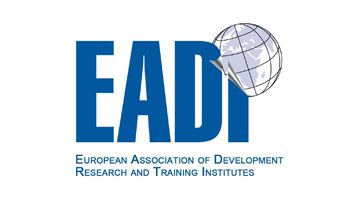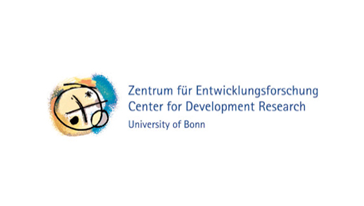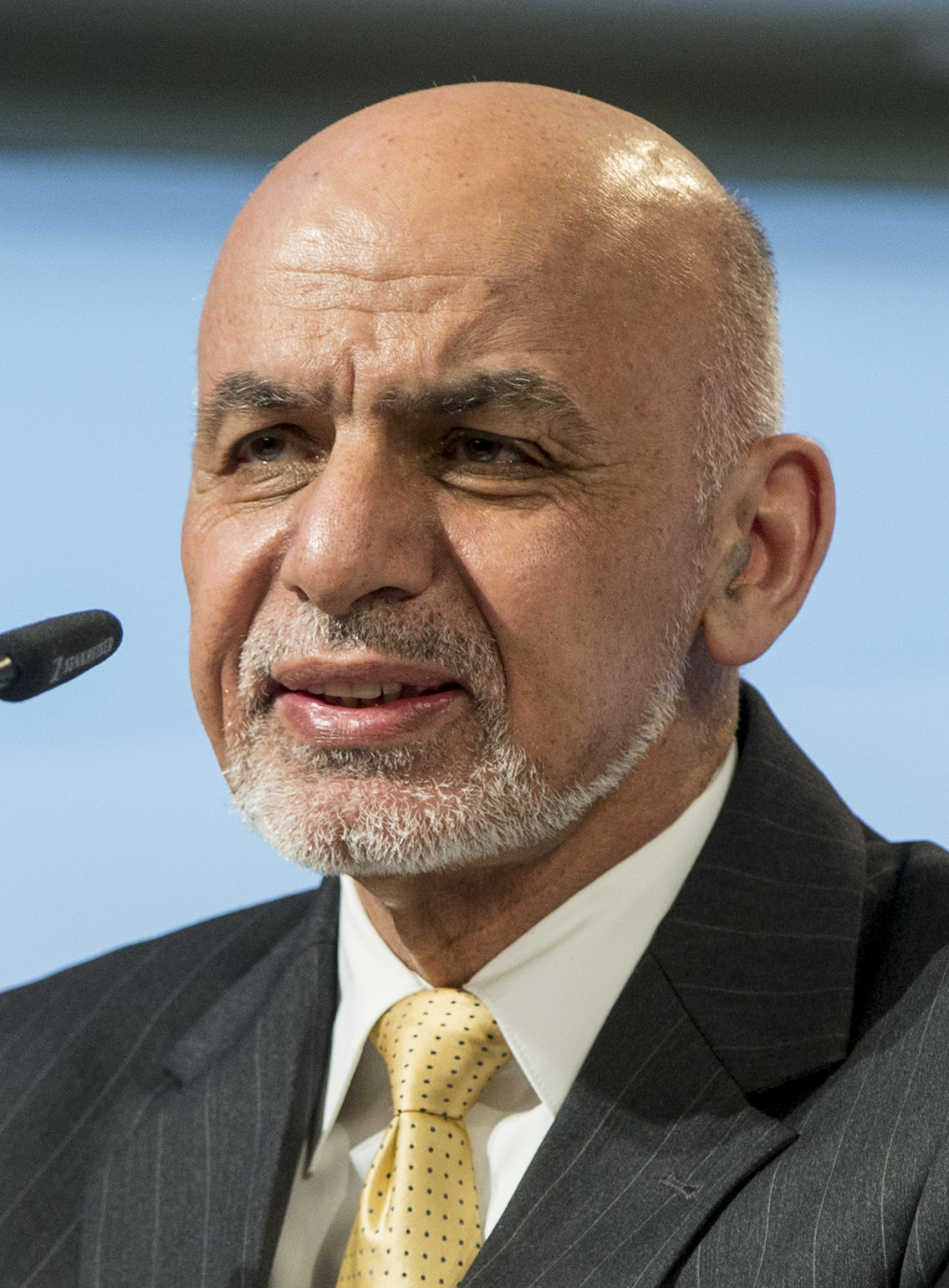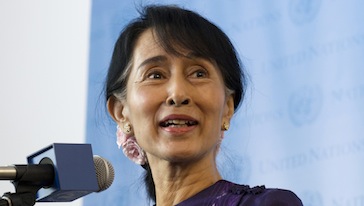Ashraf Ghani drew lines to the structures of the old silk road from 1600, which was coined by a sophisticated financial system and a well-connected transport network. He argued that Asia was on its way to reshape these structures, as it was already on its way to get ahead of the United States with regard to economic strength and infrastructure, and build a new 21 century silk road. For the work needed, Ashraf Ghani and his institute use time spans of 30-50 years in order to see emerging trends. It is only possible in that way that the world can see the old patterns of the silk road reemerging.
At its center, Ghani visualized Afghanistan as a major exporting power in natural resources, especially mining products. He emphasized that this silk road used to be slow due to basic transport means, but very sophisticated. Its speed was determined by the weight capacity and speed of a camel. Today, globalisation has changed that speed significantly. Modernisation in the sea-transport system as well as the extended use of rails and planes have facilitated and optimized logistic connectivity. Based on that new mixture of transportation, the silk road can cover the distance faster and in smaller amounts. Ghani clearly pointed out that the western world’s attitude towards Asia has to change, accepting China’s importance as a major economic power. The United States alone will not be able to pay for the security of the oceans, only China will be able to do so. Ghani stressed that Asians were used to be entrepreneurial in the times of the old silk road. So much indeed that he finds it interesting that western researchers teach innovation in Asia.
Next, Ghani spoke about Ryszard Kapuscinski whose works he read while sitting in airplanes, traveling across Afghanistan. Ghani said he liked the ability of the journalist to create understanding of complex social contexts. Kapuscinski was able to create pictures and little vignettes that helped the reader understand the past and the present and the differences in culture.
Ashraf Ghani especially emphasized the fact that intra-Asian trading volume had succeeded that of America’s trade with Asia since 2008 and furthermore stressed that infrastructure was continually improving due to increased investment that would mount up to 8 trillion US $. Existing Infrastructure had to be put to different use such as customs, logistics, training etc.
Next to financial aspects, nevertheless, Ghani touched upon social aspects. The key to economic integration, he defined, was to emphasize inter-human relations such as trust in each other, hence, to “move on from distance to a common humanity”.
Envisaging a 21st century silk road, Ghani outlined three main requirements that had to be met for the creation of a successful logistics network. Firstly, he named the importance of stakeholder mapping, guaranteeing ongoing investment. He argued that the future itself has no voice and that when trying to shape the future, the parties involved will only express their self interest. Therefore, the stakeholder mapping exercise becomes important to voice a future. Secondly, Ghani underlined the necessity of asset mapping, making use of the existing infrastructure instead of building up a new one. He illustrated this by referring to a logistical index that measures the use of infrastructure. He pointed out that some countries that have less investment in infrastructure still score higher on the index compared to countries that have build a lot of infrastructure recently. As a third aspect he suggested to identify constraints, such as governments, existing markets and gaps in physical infrastructure, in order to improve economic networks. One gap in a piece of infrastructure can slow down the entire network.
An overall condition that, according to Ghani, was the most important to be accomplished and to be guaranteed was peace: only a peaceful Asia had the capacities to grow into a strong and sustainable economic power. For the future frame of 30 to 50 years, it is not yet decided how the nations in Asia will develop. The new silk road will function best if the civil wars that ended remain in a peaceful state, so that at last, individual nations can be developed into an open nation. Ghani called this the final choice at the end of his presentation. The nation either develops into a cul-de-sac, or manages to open itself to become a roundabout.





